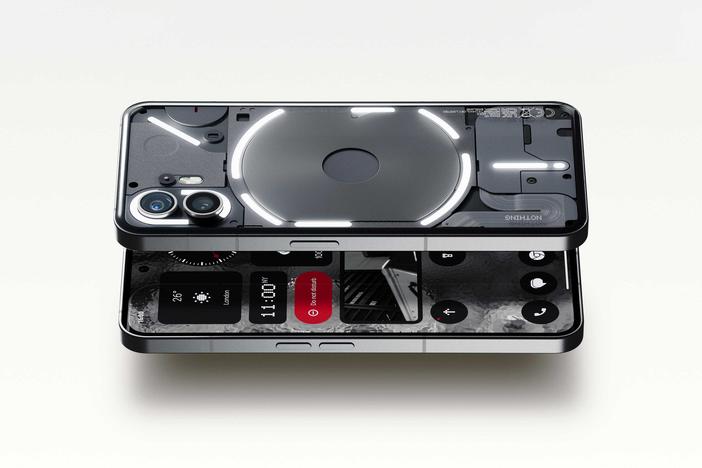
Apple’s iPhone 15 is coming! But I don’t care.
After being a loyal iPhone user for 16 years, I left my iPhone 13 Mini at home to try out the Nothing Phone (2) on a two-week trip around Europe, and survived (even though my texts turned green.)
I’ve been a self-proclaimed Apple fanboy ever since Steve Jobs convinced the music industry to sell songs for 99 cents a track. But it was the iPhone that built the second-most profitable company in the world — Saudi Aramco is first.
On June 29, 2007, I was one of dozens in line at a Manhattan AT&T store to purchase the very first iPhone. It sold out promptly. So I walked up 5th Avenue to Apple’s flagship store and snagged the 8 GB version for $599. I’ve owned eight iterations since and have never looked back — until now.
New iPhones are released every September like clockwork. But it’s rare that the device changes significantly. After numerous updates, the phone seems fully baked. Other than a camera spec upgrade or slight battery improvements, it’s getting more and more difficult to convince consumers to upgrade.
Enter Nothing’s phone. Nothing is a company based in the U.K. founded by tech entrepreneur Carl Pei. His company first launched the Nothing Ear (1), which I profiled in my column Tiny Tech Tips. But the translucent wireless earbuds were just a warm up to the main event: an iPhone competitor based on the Android operating system with a similar design.
What sets the Nothing Phone apart from other Androids is the graphical user interface and “glyph” notification lights on the back.
The monochromatic images for apps are designed to keep you from being tempted to, well, use your phone. There’s something unconsciously stimulating about colorful square icons (fuschia with a white camera; a white F with sky-blue background). Nothing Phone gives you the option to put everything in a dot-matrix style, where every app is bland black and white.
Nothing named the segmented notification lights on the back of the translucent phone glyphs. Once the phone is placed face down, it automatically switches to Do Not Disturb mode. A single light on the back of the phone illuminates when an important message comes through. This is customizable for any specific apps or contacts. There’s also a timer that can be set that triggers a glyph on the back of the phone that slowly recedes until the timer is done. This can also be set to inform how long it will take for your Uber to arrive. All of this tech is designed to allow you to be present in the moment, making tech work for you and not the other way around.
Better low-end response from the built-in stereo speakers would be welcomed. But at least the Ear (2) wireless earbuds sound great for $100 less than AirPods Pro. Unfortunately, the noise-canceling effectiveness is lackluster.
After two weeks traveling around Europe without my iPhone, what surprised me most was how much Android has borrowed from Apple. Sure, it was nice to have an always-on display, reverse wireless charging, and a translucent design. But it’s hard not to look at every Android smartphone as an iPhone copycat at a lower price.
The Nothing Phone 2, starting at $599, is the first competitor that feels like it’s innovating in the right direction. At a $200 price difference from its Apple competitor, there are compelling reasons to check it out.
Copyright 2023 NPR. To see more, visit https://www.npr.org.






Leave A Comment